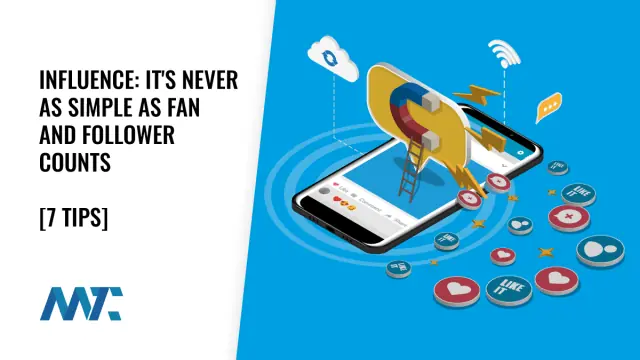Influencer marketing has become a crucial aspect of many companies’ marketing strategies. Influencers are individuals who have the power to affect the purchasing decisions of others due to their authority, knowledge, position, or relationship with their audience.
Here are seven ways to drive influencer marketing results by effectively identifying and engaging with the right influencers to promote your products or services.
Identify Relevant Influencers: Focus on influencers actively engaging in conversations related to your industry, product, or service. Consider the influencer’s niche and target audience to ensure they align with your brand’s values and goals. Look for influencers who consistently create content and engage with their followers on relevant topics.
Assess Influencer Engagement and Reach: Analyze the influencer’s engagement rates, such as likes, comments, and shares, to gauge their ability to interact with their audience. Evaluate the influencer’s reach by examining their follower count and the quality of their followers (e.g., real accounts vs. bots). Consider the platforms where the influencer is most active and has the highest engagement rates.
Evaluate Influencer Authority and Reputation: Look for influencers who have established credibility in their niche through their expertise, experience, or accomplishments. Consider influencers with relevant degrees, published works, or professional experience in the field. Assess the influencer’s reputation by reading their content, watching their videos, and checking their online presence for controversies or red flags.
Analyze Influencer’s Ability to Drive Conversions: Examine the influencer’s track record in promoting products or services and driving conversions. Look for case studies, testimonials, or social proof that demonstrate the influencer’s ability to influence their audience’s purchasing decisions. Consider the influencer’s authenticity and transparency when promoting products, which can impact their credibility and effectiveness.
Micro-influencers vs. Celebrities: While celebrities have a massive following, they may not always be the most effective influencers for your brand. Micro-influencers with a smaller, highly engaged, niche-specific following can often drive higher engagement rates and conversions. Their followers often see micro-influencers as more relatable, authentic, and trustworthy, making their recommendations more impactful.
Build Genuine Relationships with Influencers: Approach influencers with a genuine interest in building a long-term relationship rather than a one-off campaign. Take the time to understand their content, values, and goals, and find ways to collaborate that benefit both parties. Offer value to the influencer, such as exclusive access, competitive compensation, or creative freedom, to foster a positive and mutually beneficial partnership.
Monitor and Measure Influencer Performance: Regularly monitor the performance of your influencer partnerships using relevant metrics such as engagement rates, website traffic, conversions, and sales. Use tracking links, unique discount codes, or other attribution methods to measure the impact of each influencer’s efforts. Analyze the data to optimize your influencer strategy and allocate resources toward the most effective partnerships.
Finding and engaging with the right influencers requires a strategic and data-driven approach. By identifying relevant influencers, assessing their engagement and reach, evaluating their authority and reputation, and building genuine relationships, companies can leverage the power of influencer marketing to reach their target audience, drive conversions, and achieve their marketing goals.
©2024 DK New Media, LLC, All rights reserved.
Originally Published on Martech Zone: Influence: It’s Never As Simple as Fan and Follower Counts

